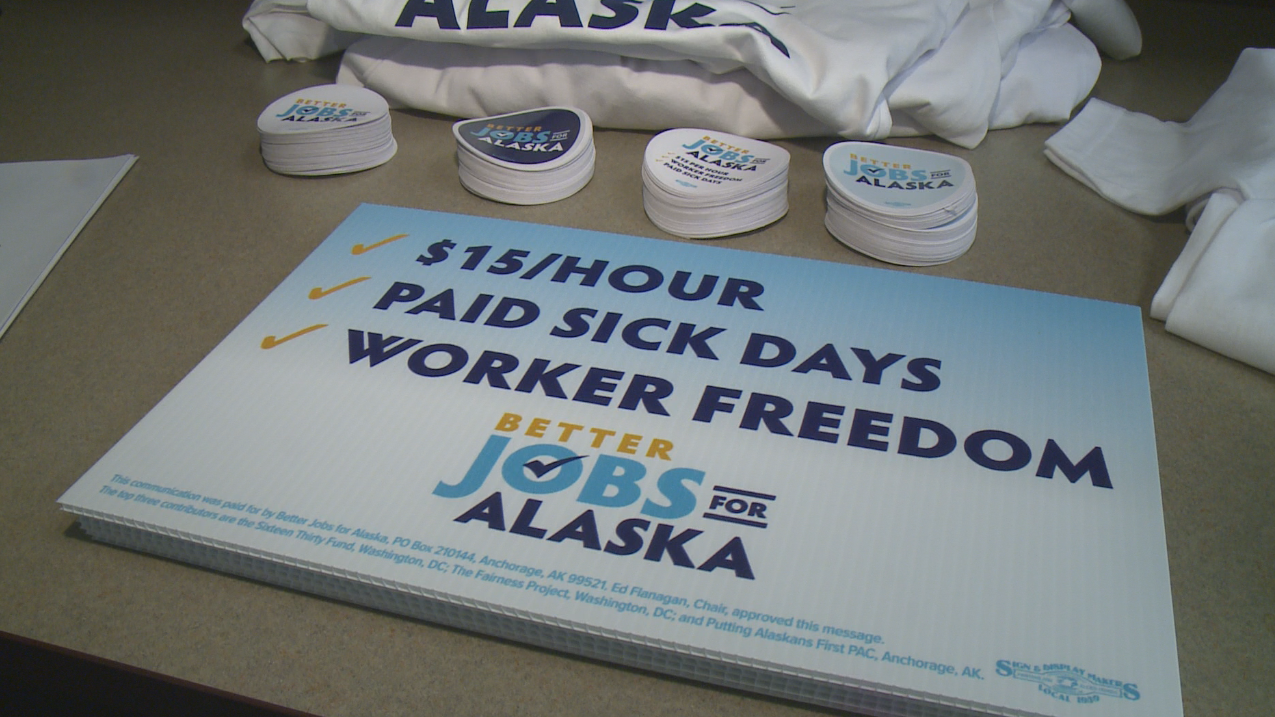Recently, 4 Day Week Global, organized by researchers at Cambridge University, Oxford University, and Boston College, released a report detailing the full findings of the world’s largest 4-day workweek trial, comprising 61 companies and approximately 2,900 workers in the UK from June to December 2022.
The study looked at the effects of going from a 40-hour workweek to a 32-hour workweek. Companies, which included a range of organizations from diverse sectors and sizes, were not required to rigidly deploy one specific type of working time reduction or a 4-day workweek, so long as their pay was maintained at 100% and employees had a ‘meaningful’ reduction in work time. The study examined the effects of going from a 40-hour workweek to a potential 32-hour one. This study expanded on previous research involving 33 US and Ireland companies in early 2022 and trials conducted by Microsoft in Japan and Unilever in New Zealand in 2021.
The trial was a resounding success. Of the 61 companies that participated, 56 are continuing with the four-day week (92%), with 18 confirming that the policy is a permanent change.
Highlights of the study included the following for companies:
- 65% decline in Absenteeism
- 57% decline in Resignations
- 37% decline in New hiring
- 34% reduction in Overtime
- 34% reduction in Remote Working
- 4% increase in Revenues
In addition, the study showed the following results for employees:
- 71% decrease in Employee Burnout
- 48% increase in Job Satisfaction
- 37% showed improvement in physical health
- 43% showed improvement in mental health
- 46% reduction in fatigue
- 60% of employees reported it easier to balance family care responsibilities
- 73% said that they had greater life satisfaction
- 54% it was easier to balance work with household obligations
This study shows promise that going from a 5-day workweek to a 4-day workweek can benefit both the company and employees. However, there is a lot to peel out of these studies. This article is the first of three discussing the history of the workweek, what elements were needed to prepare for this transition, and how your company can make this transition more successful.
How we got here
The workweek has evolved over the last 5000 years. The origin of the seven-day week appears to be from ancient Mesopotamia, from Sumerian-Babylonian culture dividing days into seven segments. The Babylonians believed seven was a divine number. Jews, and later Christians, believed in six days of work and one Sabbath day based on the interpretation that God created the world in six days and rested on the seventh. However, there were other workweeks. Romans used eight days of work before getting a day off. During the French Revolution, people were expected to work ten days before getting a day off.
In the late 19th century, factory workers and others in the United Kingdom used their Sundays as their one day off to enjoy themselves at local pubs or gamble. Workdays were typically 10 to 12 hours, making it 60- to 72-hour workweeks. Unfortunately, this often meant that Monday became a day when many workers either did not show up or were very late. Business owners responded by giving their workers half of Saturday off to compensate for the fact that they wanted their workers to come to work on Monday. Effectively, they gave them an extra night to enjoy in exchange for returning to work on time on Monday.
It was not until the Great Depression that other companies jumped on the 40-hour workweek bandwagon. These companies looked at having their factories open 5 days instead of 6 to save them money. This strategy helped many businesses stay viable during a challenging economic period for the US and the world.
In 1926, Henry Ford began implementing a five-day workweek by closing his factories on Saturday and Sunday. His reform was popular as he did not reduce pay but cut one day off. Ford believed too many working hours were bad for productivity, so he reduced the workweek from 48 to 40 hours. He also wanted every worker to be able to afford and use a new Ford car. This tactic would increase Ford’s market share and be better for the company. In addition, the 8-hour workday allowed the factory to run 24 hours a day with three even shifts.
Finally, Congress passed the Fair Labor Standards Act (FLSA) in 1938, limiting the workweek to 44 hours. Two years later, it amended the FLSA to create today’s 40-hour workweek.
It seemed like that trend would keep going. The most respected economist of the era, John Maynard Keynes, famously predicted that improving technology and increasing efficiency would deliver a 15-hour workweek by 2030.
Many of the same reasons for reducing the workweek almost 100 years ago still apply today. Reducing work hours can save companies money with reduced absenteeism, lower turnover, and reduced carbon footprint when closing for an additional day.
Trends
Some organizations and states are looking to continue the trend of a reduced workweek.
Almost 60 school districts across Texas are switching to 4-day workweek, with some of those districts approving the change for the 2023-24 school year, including one district that serves almost 6,500 students. The strategy aims to prevent teacher burnout, lower school building and bus expenses, help with recruiting, and improve student attendance rates.
In February 2022, Maryland lawmakers proposed a bill setting up a five-year pilot program that would give a state income tax credit to employers that moved at least 30 employees from a five-day to a four-day workweek without reducing pay or benefits.
California legislators introduced a bill in February 2022 to create a 32-hour workweek for employers with 500 or more employees. However, it was tabled to allow for more study on the program.
Rep. Mark Takano, D-Calif., reintroduced his 32-hour Workweek Act to Congress in March 2023. If passed, it would amend the FLSA to reduce the standard workweek from 40 hours to 32.
Next month
Next month we will look at how consultants worked with the companies in the study by identifying the elements needed to prepare for this transition.










